Chimera is first described in ancient Greek mythology, as a mythical beast which had a lion’s head and body, an additional head of a goat was attached to its back and the creature had a tail that ended as a head of a snake. However, in modern medicine, the term Chimera describes an individual or living organism, containing tissues, which consists of 2 genetically different types of cells (which are not identical). In recent years scientists have used human animal embryo experiments, where medical chimera is formed, to tackle a great medical challenge of our age – the shortage of organ donors for human organ transplantation.
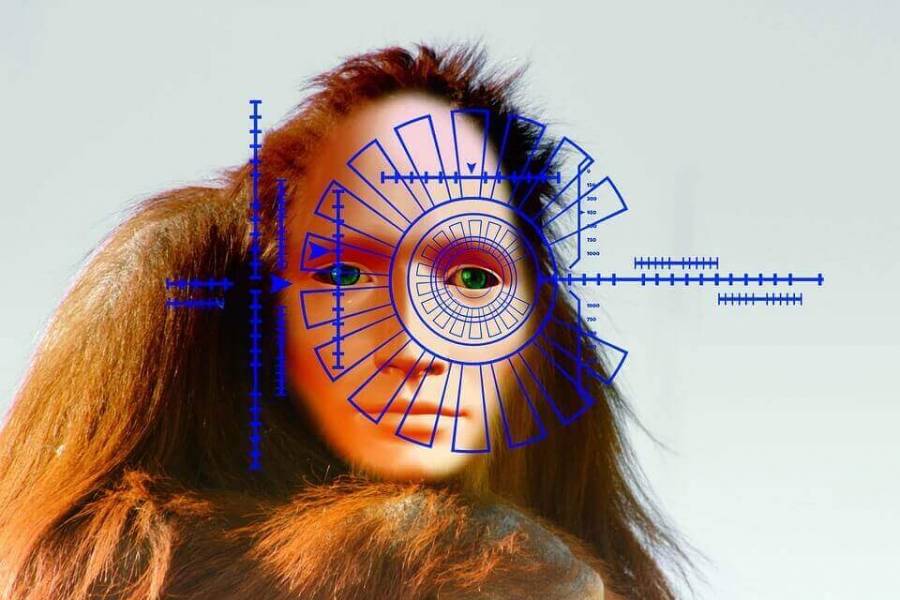
Transplantation of human tissues or organs from a donor to a recipient is a very complicated medical issue, not just because of complicated skills and technology involved in the majority of the cases but also because of the scarcity of the resources available. After all, what is needed for the procedure can’t be purchased from the market, but has to be harvested from the human body itself and not every person is willing to donate their organs.
According to the statistics available, even in one of the most developed countries in the world – USA, there is a real shortage of donor availability for harvesting organs for transplantation. According to statistics, more than 113,000 men, women, and children were on the waiting list for a transplant, as on January 2019. It has been further mentioned that 20 people lose their lives every day while waiting for transplants. In countries where healthcare facilities are not well developed the situation is much worse.
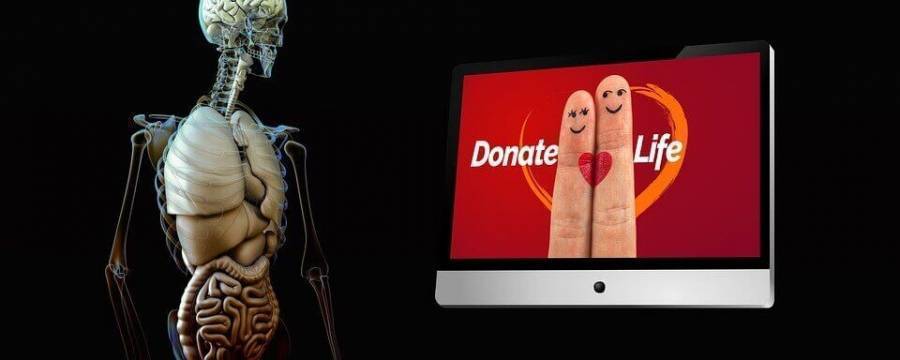
But how to get the necessary amounts of organs necessary for taking care of transplant needs of people not just in the USA but in the whole world? The most effective way would be to convince all people of the world to become organ donors. However, that would not be practically possible for a multitude of reasons. Now that we have excluded the most obvious option, what are the other choices that we are left with? Of course, it would not be possible to get organs for human transplantation from animals? Or is possible? Here the answer is no longer a choice between – a “yes” or “no”, but can be a “perhaps” too!
Transplantation of cells, tissues or organs from one species to another is known as Xenotransplantation. The attempts to transplant animal tissues/organs into humans started in early 20th century when allotransplantation (transplantation of tissues/organs from one individual to another individual of same species) in humans were still in experimental stages.
The beginning decades of the 20th century saw multiple attempts of organ transplantation from goat, sheep, pig, and monkeys, but to no avail. Allergic reactions and patient mortality discouraged any further progress in the field. On the other hand, the first successful organ transplant between 2 different humans, was done in 1954 when kidney transplantation was done between identical twin brothers.
In the 1960s the identification and development of immunosuppressive drugs once again rekindled interest in xenotransplantation. However, the multiple procedures undertaken gave variable results with no long-term solutions. Concerns about human infection from retrovirus derived from the animals gave rise to a worldwide ban on the animal to human transplant procedures in 1997.
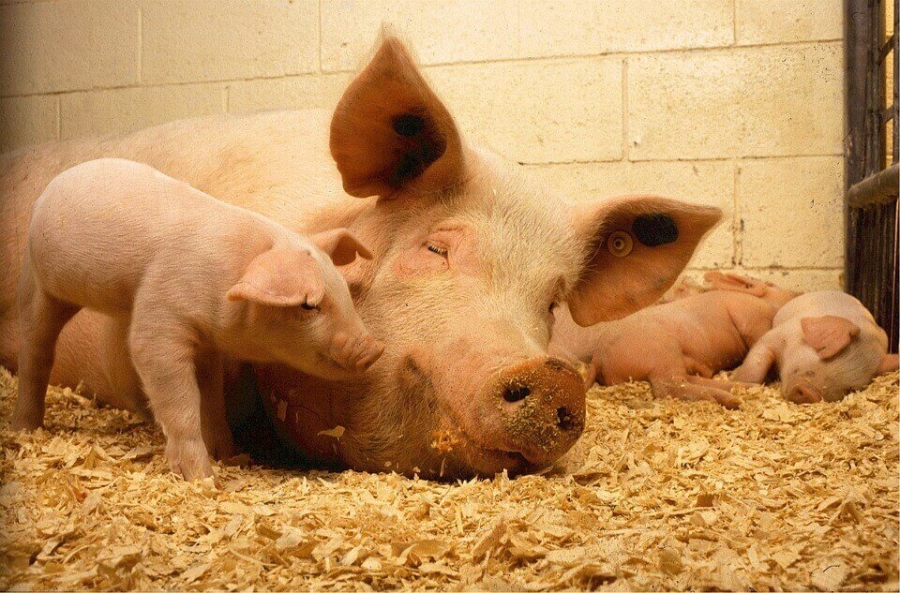
Several studies were undertaken to assess the risk of infection and after many years, the ban was lifted in some countries, and permission to conduct trials under strict supervision & on case basis was given. Use of pig cells for the treatment of type 1 diabetes (and possibly Parkinson’s disease) is an example of clinical trials that have been given approval in some countries. However, we are still nowhere close to a situation, where animals can be considered as a viable source for harvesting organs for human transplantation. Clearly, other options are needed to cater to high demand for organ transplantation and it is here that human animal embryo experiments come in.
The human animal embryo experiments are comparatively new experimental method done with the aim of finally harvesting organs for transplant from animals, but what makes it different from xenotransplantation is that the tissue origin of the organs meant for transplant would be from humans. In other words, the idea is to grow human organs in animals, and when they are fully grown and mature, transplant them back to humans who need an organ transplant. If this human animal embryo research succeeds, human organs can be grown artificially in an animal host and once ready can be transferred back (donated) to deserving organ recipients.
News from July 2019 which flashed across a multitude of media outlets across the world, created quite a ripple across the medical fraternity worldwide. The news described the revision of Japanese laws regarding human animal embryo hybrid experiments and involvement of a renowned stem cell scientist in the course of events that are expected to follow.
However, before we go into the details of what is to follow, a bit about what was forbidden until recently. Till March 2019, Japanese laws did not allow the growth of animal embryos containing human cells, till 14 days of growth in the uterus. Also illegal was the transplant of such human animal embryos into a surrogate uterus. There were some genuine concerns for forbidding such human animal embryo experiments.
However, after much deliberation, the old laws were revised in Japan in March 2019. According to newly revised rules, human animal embryos experiment was made more liberal, where human animal embryo’s transplantation into a surrogate animal and continuing the pregnancy up to term has been allowed. Even government support has been given to a team of scientists for conducting the experiments at the University of Tokyo, which would be headed by Hiromitsu Nakauchi.
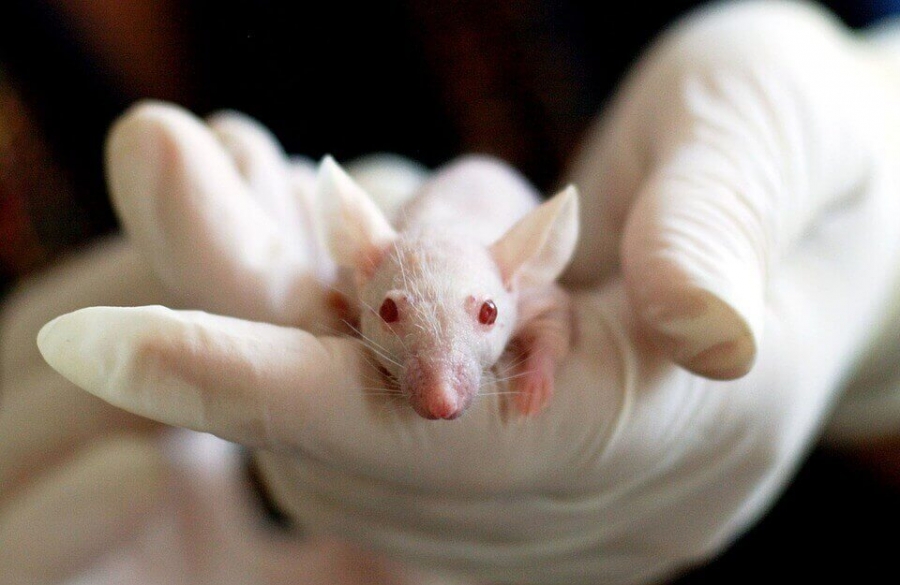
Trying to utilize the opportunities provided by the relatively liberal atmosphere created by the revision of laws, the team plans to carry out human animal embryos experiments in the best interest of the human race. As a part of this endeavor, the team under the leadership of Hiromitsu Nakauchi plans to grow human tissues in rodents like – rat and mouse embryos and later transplant these embryos into surrogate animals. The final target of this human animal embryo research is to be able to create animals containing organs made from human cells that can be later transplanted into humans needing the necessary organ transplant.
To achieve the above-mentioned goal, Hiromitsu Nakauchi and his team of scientists plan to create a genetically altered animal embryo, which would be unable to produce the organ targeted on its own (Pancreas in this case). Then the scientific team plans to inject human origin pluripotent stem cells (self-replicating cells of human embryos/human adults, that can develop into specialized cells with a specific function) into the animal embryos. As the chosen animal would not be able to grow the targeted organ from its own cells, it would use these injected stem cells to form the new organ. Hopefully, this organ later harvested from the animal can be transplanted into humans needing the transplantation.
The fact remains that Human animal embryo research is rather a new field of science with a lot of unchartered territories. Besides the widely prevalent fear of the unknown present in the society, a multitude of movies made throughout the world on such human animal embryo experiments, have added to scientific, moral and ethical conundrum surrounding the subject.
Concerns have been expressed by some members of the scientific community, that human cells developing in the animal, may spread out from the target organ to the brain of the concerned animal and affect its comprehension and awareness. Now as human animal embryo hybrid has never been carried up to term & delivered alive, so this is still only a hypothetical possibility, but still, concerns remain.
However, Hiromitsu Nakauchi and his team are well aware of the concerns expressed by the skeptics. His team has good knowledge about human animal embryo research and have done many previous trials which were similar (in theory) to the human animal embryo experiment in question. He was part of a team in 2018, that had put human stem cells into sheep embryos, who could not produce pancreas (because of genetic alterations), with the aim to grow the organ with help of human cells. However, that experiment had limited success, as the embryo had only 1 human cell for every 100,000 sheep cells, and the structures in no way resembled a mature viable organ. The embryos were destroyed by the researchers after 28 days.
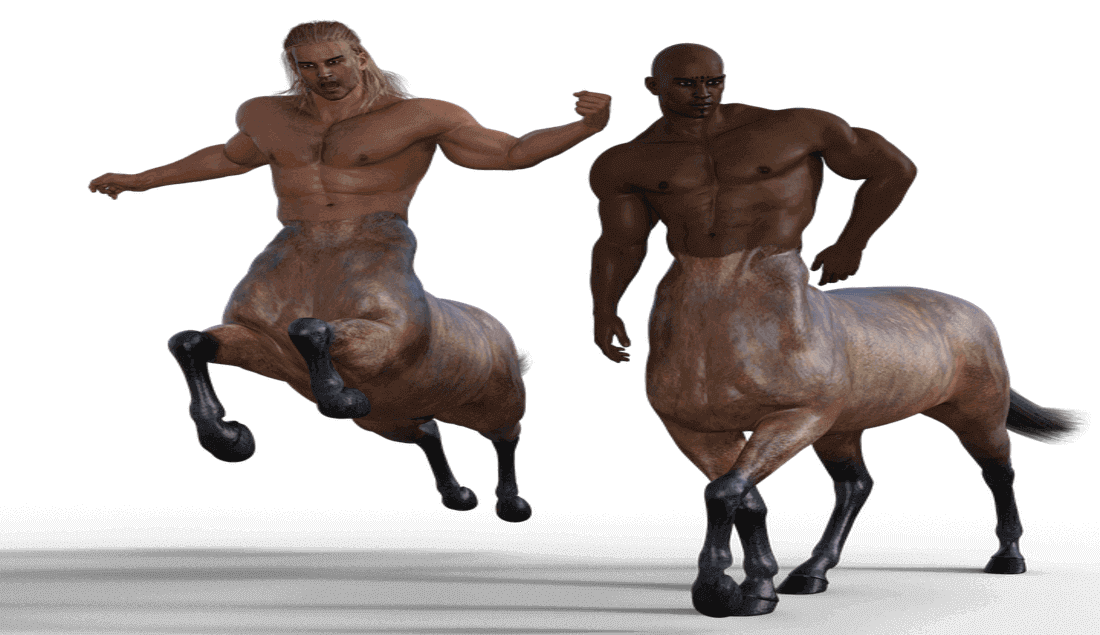
In the current human animal embryo Japan experiment planned by Hiromitsu Nakauchi and his team, they have decided to proceed slowly step by step. According to the scientists concerned, no human animal embryo hybrid would be brought to term birth in the initial phases of the experiment.
According to Nakauchi, he plans to slowly increase the level of his experiments. Initially, a hybrid mouse embryo would be grown to 14.5 days, followed by doing the same in rats up to 15.5 days & later growing hybrid embryos in pigs up to 70 days (after taking government approval). Hopefully, this would dispel any misunderstanding that may arise in the mind of the public.
The team is also taking precautions to avoid the human origin stem cells spreading from the desired organ to other sites of the rodent embryo. Attempts would be made to generate only the targeted organ, which in this case would be a pancreas. As a contingency plan, the team of researchers also plan to terminate the experimental step, if human cells are present in more than 30% of the rodent brain.
In a related development –news first reported at the beginning of August 2019, a team of scientists belonging to Salk Institute for Biological Studies (California) and Murcia Catholic University in Spain, working in China has created the world’s first human monkey hybrid. The final goal of this human animal embryo research undertaken in China is again the same as discussed before – harvesting human organs from animals for lifesaving transplants.
As described by leader of the scientific team, Spanish scientist Juan Carlos Izpisua (credited with leading the team of scientist that produced the world’s first human-pig hybrid in 2017), the basic principle used was the same as mentioned above – stem cells from human adult was successfully integrated into an early stage monkey embryo, which was next implanted in a female monkey. As mentioned previously this embryo had undergone genetic manipulation to compromise its targeted organ’s growth.
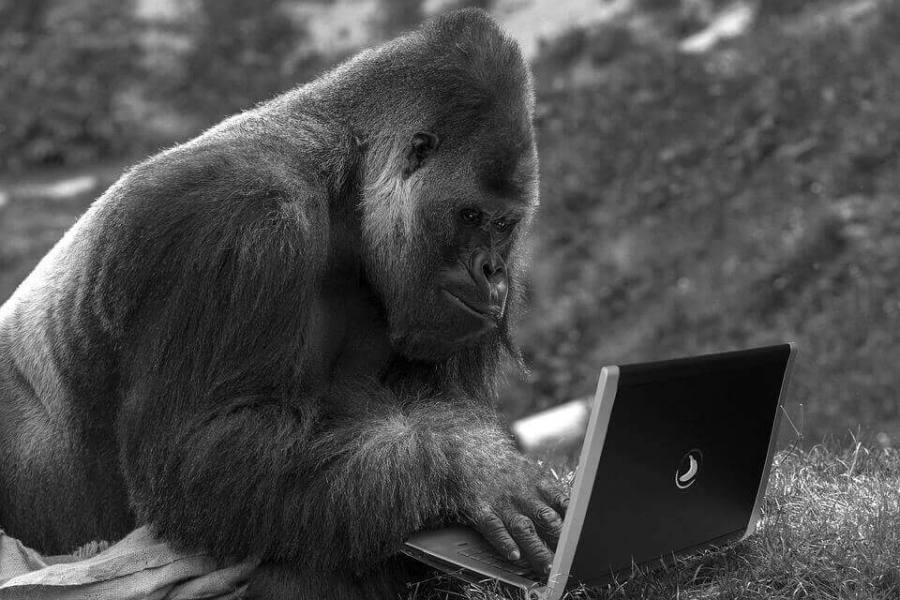
The embryo created was viable and could have progressed to a term pregnancy, had it been implanted into a female monkey. However, the birth of such a human animal hybrid was not planned, as of now, hence the human animal embryo experiment was terminated within the 14-day limit to prevent the formation of the brain and nervous system, which could have created controversy and goes against established norms. However, the procedure is still not sanctioned in many places in the world, which made the team choose China as the country, for undertaking the new human animal embryo experiments.
There is yet no consensus in the scientific community regarding human animal embryo research or human animal embryo experiments. These experiments are very costly & have many skeptics. Critics of the experiment believe that human stem cells can reach the brain and nervous system of the embryo and can have unpredictable effects. Many others believe that it would subject animals to unnecessary suffering. Finally, there are scientists, who believe that human animal embryo hybrid cannot be grown in an animal, which doesn’t resemble humans, as the foreign tissues would be rejected by the animal concerned at a very early stage. Remedial measures to address these concerns have to be devised first.
According to scientists planning the experiment, the success of human animal embryo research would help in many levels. Not just the crisis for getting a suitable donor for organ transplantation would become a thing of past, but also surgeons would get an opportunity to practice surgery on human organs, before undertaking the same on real patients. Besides the effect of new medicines/drugs on human organs could be easily studied, without harming real people. Researchers would also get much more in-depth knowledge about human organ development, which can be used to devise better treatment modalities.
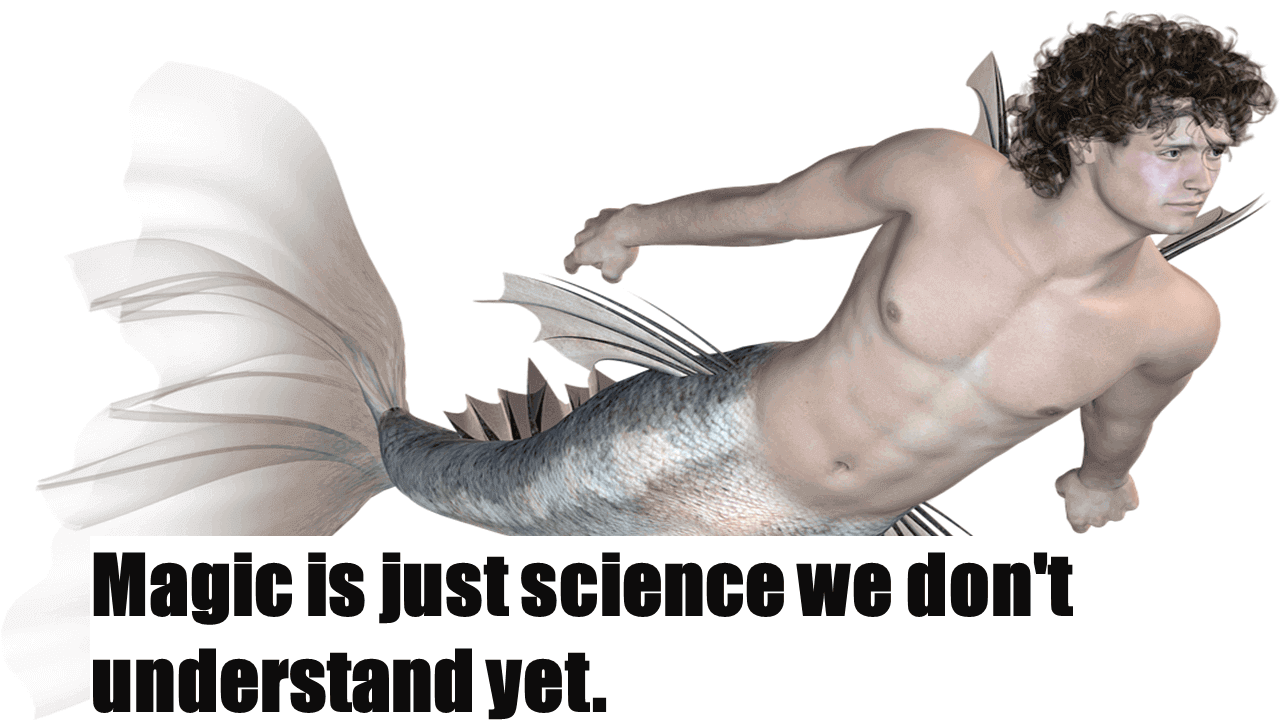
However, it is quite obvious that human animal embryo experiments will take a long time to attain the desired and focussed results. Till then improving the existing infrastructure is our only hope for dealing with donor organ availability & other challenges associated with human organ transplantation procedures.